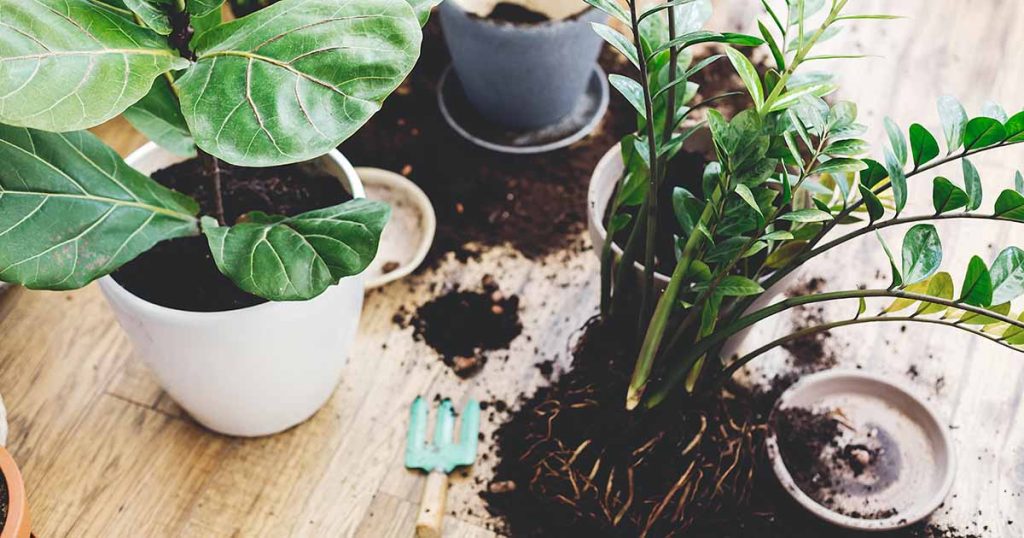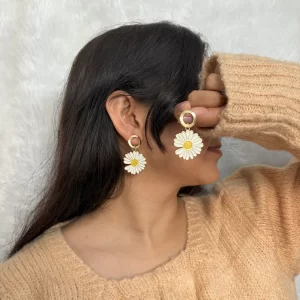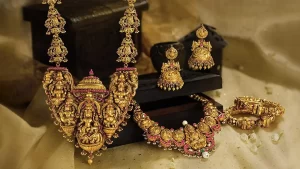
There are numerous varieties of potting soil, although not all gardeners are aware of this fact. From the variety of potting mixes out there, it’s very difficult to know what mix is best for you and your plant’s needs. Choosing the potting mixes that aren’t suitable may cause your plants to not grow to its full potential.
However, it can be difficult for beginners to determine which type of potting mix for indoor plants to use, which is why we’ve created this soil guide. Learn everything you need to know about potting soil by reading the text below. In this article, we will discuss the various types of potting soil for indoor plants and how to use them for specific plant species.
What Is A Potting Mix?
There are numerous ingredients that can be added to potting soil, and these vary depending on the type of soil. For instance, orchid potting mix may contain bits of bark and charcoal, whereas succulent and cactus potting mix may contain sand.
Types Of Planting Soil
1.) Universal Potting Soil
This is the recommended type of potting soil for most indoor and outdoor applications. It is typically composed of compost and bark, along with perlite or vermiculite, and may or may not contain added fertilizers. This type of soil is suitable for most indoor and outdoor potted plants, including ornamentals, herbs, and edibles.

2.) Black carbon
Including charcoal in your soil mixture can prevent mold and fungi. It can ward off insects. It enhances the soil’s capacity to retain nutrients. Charcoal aids in drainage and aeration. Including it in your mixture is always a plus. Place everything in an airtight storage tube. This facilitates the production of potting soil in bulk. Store in a cool, dry location until additional houseplants require repotting.
Indoor Planting Soil
Although you can use general-purpose soil for the majority of houseplants, indoor potting mix is designed specifically for houseplants. It typically does not contain compost or bark, which is significant because these ingredients frequently harbor fungus gnats, a common indoor plant pest.
4.) Perlite
Perlite is a lightweight volcanic glass that enhances water retention, drainage, and aeration. This material resembles Styrofoam and is ideal for keeping soil loose, so that water can easily reach the plant’s roots.
5.) Sphagnum
As its name suggests, peat moss is a type of moss that aids in soil moisture retention. It retains water and releases it as needed to the plant’s roots. Peat moss also protects against extreme temperature conditions, so if your plants struggle in summer or winter, you should likely consider incorporating it into your soil.
6.) Vermiculite
This material resembles small wood chips and its primary functions are to improve moisture retention and aeration, resulting in stronger and healthier plants.
This is the most popular and efficient potting mixture for indoor plants. Observe and test your plot mix to determine what is optimal for your plant.






